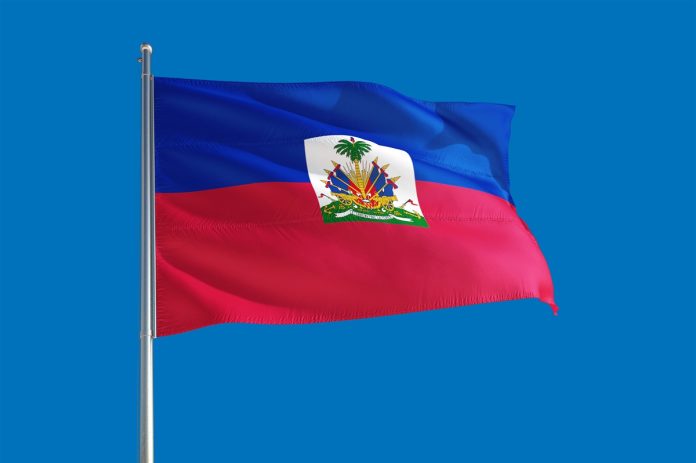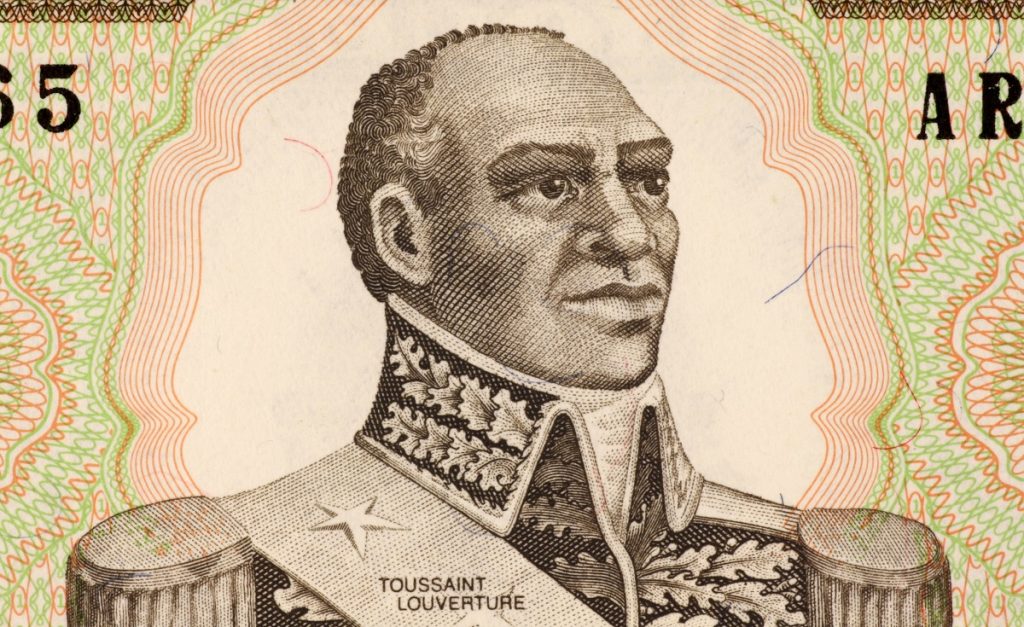
What’s in a flag? Several things!
For the Haitian diaspora, it’s more than just a cloth with colors and symbols. It represents their cultural heritage, struggles for freedom and independence, and resilience in adversity. May 18 marks the annual Haitian Flag Day commemorating its establishment during the Haitian Revolution and the formation of the country’s first Republic. That Haitians are the first black Republic and the first slaves to attain independence from the French colonizers is much to celebrate. This day of national pride and unity for these persevering people honors their history and renews their commitment to a brighter future.
The story of how the Haitian Flag came to be is robust and underscores why it is still celebrated today. It all started in 1803 when revolutionary leader Jean-Jacques Dessalines designed the flag. Catherine Flon, his goddaughter, stitched the bands together to create the bi-color design, having ripped the white segment — a symbol of oppression and injustice — from the middle. The blue and red bands were symbolic, with blue representing the African ancestry of the Haitian people and red representing the bloodshed during the revolution.
This national holiday is not only celebrated in Haiti, but in many other places worldwide, including several U.S. cities with large Haitian populations. The celebrations for Haitian Flag Day are often preceded by preparations, such as cutting low-hanging tree branches and polishing flagpoles. Speeches and parades mark the day, along with music and melodies, dancing and drumming, and traditional foods like Griot, Banan Peze and black rice.
Like the country and its people, the Haitian Flag has undergone various changes, with its colors and symbols reflecting its history, struggles and triumphs. In 1805, after Jean-Jacques Dessalines proclaimed himself emperor, the Haitian Flag was changed to black and red bands placed vertically. After his death, the country was divided into two republics for 14 years.
Henri Christophe — another crucial figure in the Haitian Revolution and one of the leaders of the country’s fight for independence from French colonial rule — kept the original Flag in the northern part of the country. At the same time, the son of a wealthy French plantation owner and a Haitian mother, Alexandre Petion, used a blue and red flag with a white square portion in the south and western part of the country. Petion fought alongside Jean-Jacques Dessalines and Toussaint Louverture (another popular revolutionary leader) and played an integral role in the Battle of Vertières, which led to Haiti’s independence from France in 1804.

Papa Doc Duvalier, a Haitian politician who served as the President of Haiti from 1957 until he died in 1971, modified the Flag in 1964 to include the black-red vertical bicolour of Dessalines and a modified version of the arms of the Republic.
After the fall of Baby Doc and the Duvalier regime on February 25, 1986, the Haitian Flag changed again with the request of the Haitian people to two parallel and identical horizontal bands, where the top one is blue, and the bottom one is red. This features the emblem of the Republic in the center. This is the Flag that’s used today, and it serves as a reminder of the unity among Haitians to fight colonialism and live free forever.
For Haitian nationals, Flag Day is a momentous occasion with deep significance and symbolism. It represents the Haitian people’s resilience, strength and determination to overcome adversity and fight for their freedom. It is a time to reflect on the sacrifices made by their ancestors and to honor their legacy by continuing to strive for a better future.
If Haiti were to give a call to action, it could be, “Let us unite as one community, regardless of our political beliefs, to celebrate and remember our rich history and culture and pay homage to our Flag. Join us in commemorating this important day, and let us pledge to work towards building a brighter future for Haiti and its people.”






























